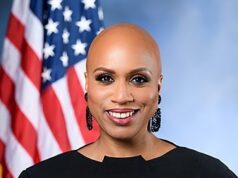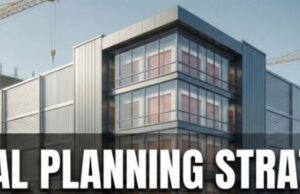IBHS Provides Facts and Myths about Home Fire Sprinkler Systems, which Save Lives and Reduce Property Losses
TAMPA, – May 7, 2014 – (RealEstateRama) — When a fire breaks out, your home can be gone in a matter of minutes. This week is the start of Building Safety Month and the Insurance Institute for Business & Home Safety (IBHS) wants you to know the facts about residential fire sprinklers so your home can be properly protected.
A residential fire occurs every 87 seconds, according to the U.S. Fire Administration (USFA). Home fire sprinklers can contain and may even extinguish a fire in less time than it would take the fire department to arrive on the scene, according to the Home Fire Sprinkler Coalition.
IBHS urges homeowners to install fire sprinkler systems in order to prevent significant damage as a result of structural fires. Below are facts and myths about residential fire sprinkler systems from the Home Fire Sprinkler Coalition.
Facts about Home Fire Sprinkler Systems
- Home fire sprinklers can contain and may even extinguish a fire in less time than it would take the fire department to arrive on the scene.
- Nationwide, more than 4,000 people die in fires each year. Fire sprinklers save lives and reduce property loss.
- Installing both smoke alarms and a fire sprinkler system reduces the risk of death in a home fire by 82 percent, relative to having neither.
- Only the sprinkler closest to the fire will activate, spraying water directly on the fire; 90 percent of fires are contained by the operation of just one sprinkler.
- Nationally, on average, home fire sprinkler systems cost $1.35 per square foot in new construction.
- Home fire sprinklers use only a fraction of the water used by fire department hoses.
- Modern residential sprinklers are inconspicuous and can be mounted flush with walls or ceilings.
Myths about Home Fire Sprinkler Systems
1. When one sprinkler goes off, all the sprinklers activate.
This is false. The sprinkler heads react to temperatures in each room individually, allowing only the sprinkler closest to the fire to activate. In fact, 90 percent of fires are contained by the operation of just one sprinkler.
2. A sprinkler could accidentally go off, causing severe water damage to a home.
While this could happen, it’s unlikely. Records show that the likelihood of this occurring is very remote because home sprinklers are specifically designed and rigorously tested to minimize such accidents.
3. Water damage from a sprinkler system will be more extensive than fire damage.
This is false. The sprinkler system will limit a fire’s growth. Therefore, damage from a home sprinkler system will be much less severe than the smoke and fire damage if the fire had continued unabated, and will be less severe than water damage caused by firefighting hoses.
4. Home sprinkler systems are expensive.
This is false. Current estimates suggest that when a home is under construction, a home sprinkler system could cost 1 to 1 ½ percent of the total building price. The average price for a residential system on a national basis is $1.35 per square foot in new construction.
5. Requiring residential fire sprinklers will stunt new home construction. Study shows this is false.
A 2009 study conducted on behalf of the National Fire Protection Association compared residential home construction in four counties in Maryland and Virginia – two with residential sprinkler mandates and two without. The study concluded the presence of sprinkler mandates did not have a negative effect on the number of homes being built.
Visit DisasterSafety.org for more information about how to make your home more resistant to a variety of hazards. In addition, follow IBHS on Twitter at @DisasterSafety and on Facebook.
# # #
About The Insurance Institute for Business & Home Safety (IBHS)
IBHS is an independent, nonprofit, scientific research and communications organization supported by the property insurance industry. The organization works to reduce the social and economic effects of natural disasters and other risks on residential and commercial property by conducting building science research and advocating improved construction, maintenance and preparedness practices
Media Contact: ?Brent Henzi?, Public Affairs Manager, Phone: (813) 675-1035?, Email:














